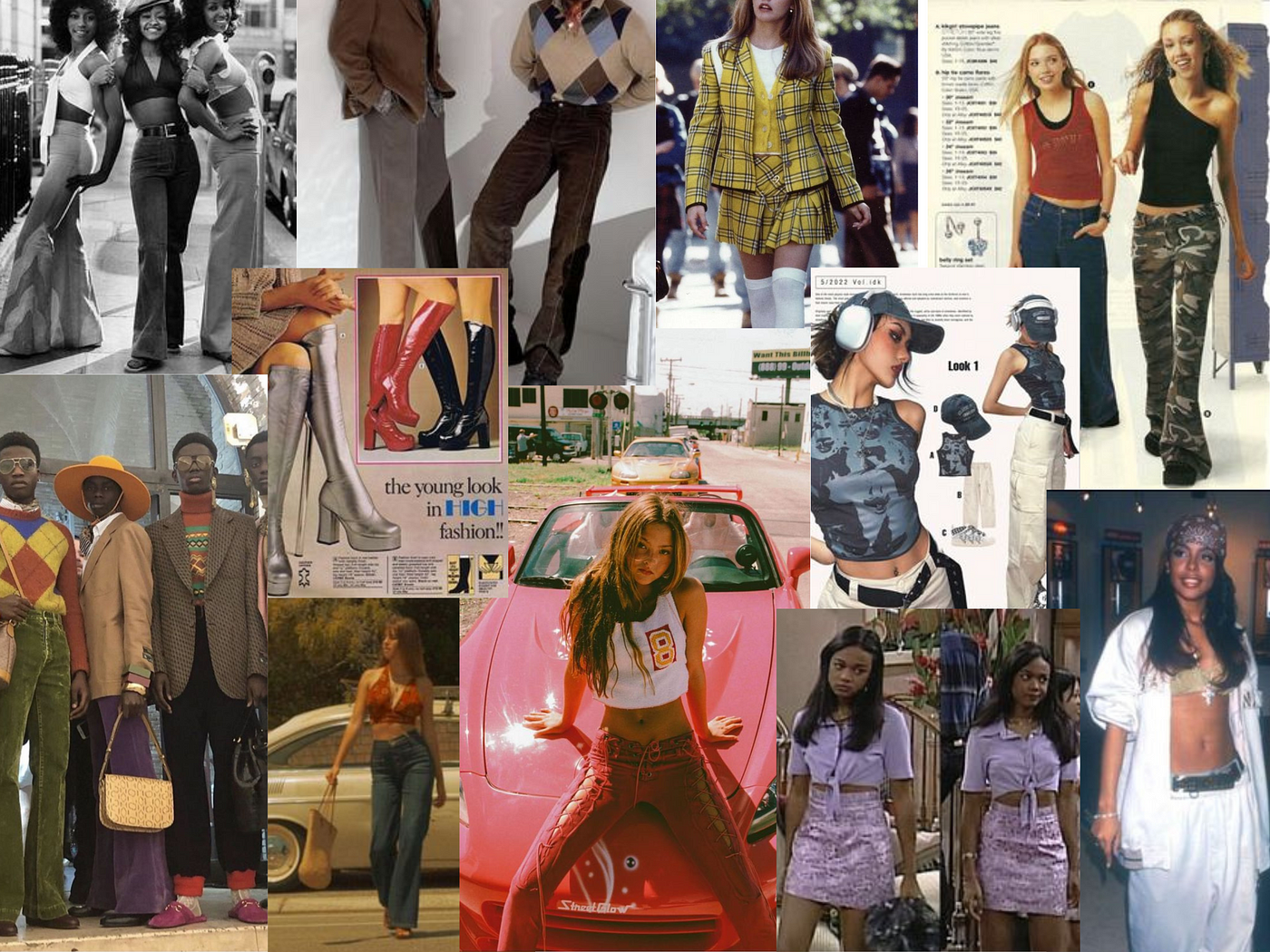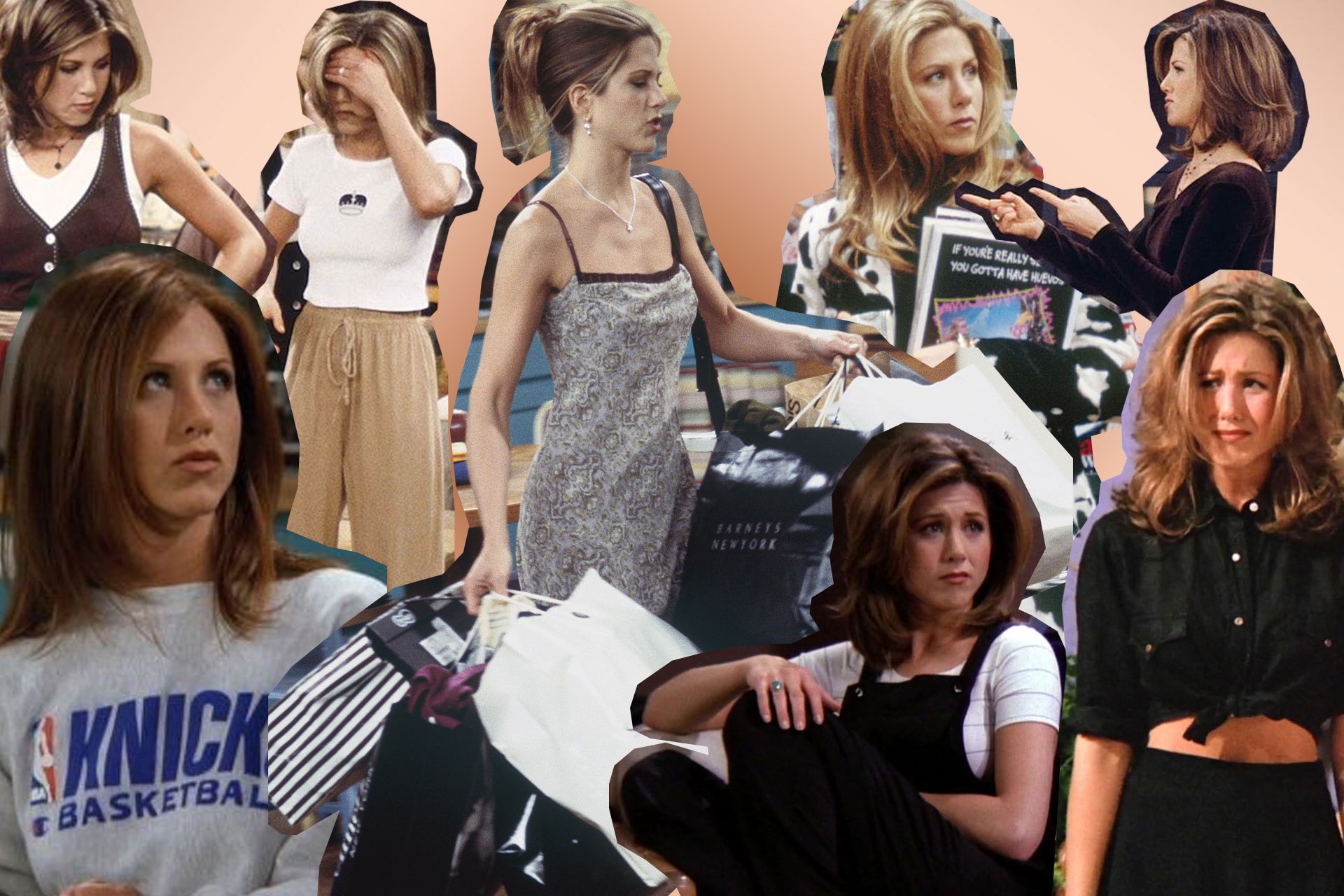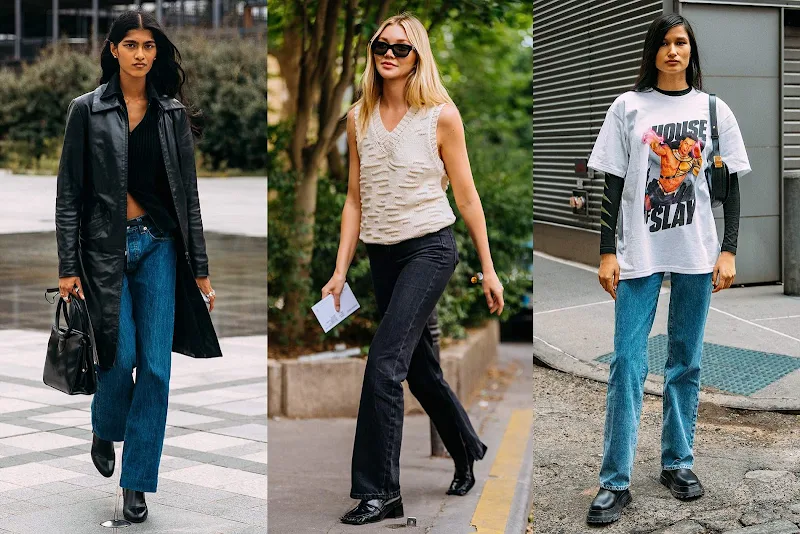In recent years, there has been a notable comeback of nostalgic fashion trends from previous decades, which have captured the imaginations of college students around the world. Retro trends have made a stunning resurgence in the fashion world, ranging from bell-bottom jeans and tie-dye shirts from the 1970s to crop tops and high-waisted mum jeans from the 1990s. Let’s look at the subject of nostalgia trends in college fashion, including the reasons for their appeal and the impact on contemporary style.
Nostalgia has an unmistakable pull that reaches across decades, luring individuals from all walks of life into its comfortable embrace. It’s a powerful force that brings us back to cherished memories, eliciting feelings and sensations we’d forgotten. For college students, many of whom are encountering the intricacies of adulthood for the first time, nostalgia provides a feeling of foundation and security in an unpredictable world. It evokes memories of simpler times when life appeared less difficult and more carefree. Retro fashion trends provide a sense of nostalgia, allowing students to express themselves creatively while also honoring cultural figures and movements that impacted their generation.
Pop culture’s significance cannot be understated when it comes to the comeback of nostalgic fashion trends among college students. Television shows, films, music, and even social media platforms all contribute significantly to reintroducing famous styles from previous decades to current generations. For example, hit shows like “Friends” and “Saved by the Bell” have become cultural touchstones, recognized for their fashion as much as their plotlines. Similarly, the rise of streaming platforms has increased access to great films from the 1980s and 1990s, exposing college students to those years’ distinct fashion. Social media platforms such as Instagram and TikTok also allow content creators to promote vintage styles, which further fuels this nostalgic trend.
Social Media and Influencer Culture
These online platforms have transformed into virtual playgrounds, with the help of Influencer culture where nostalgia trends grow. Content Creators, with their large followings and curated content, have a significant influence on college students’ fashion trends. They evoke nostalgia and inspire their followers to embrace prior decades’ fashion by sharing their own interpretations of retro looks and vintage treasures. Instagram, TikTok, and Pinterest act as visual museums, allowing users to explore and uncover nostalgic fashion inspiration, thereby feeding the trend. Furthermore, the rise of niche networks on social media allows fans to interact over their shared interest in retro fashion, promoting a sense of solidarity and collective nostalgia among college students.
In recent years, college students have become increasingly aware of the environmental and social consequences of fast fashion. Many young people are flocking to vintage and secondhand apparel as a more environmentally conscious and ethical option. Students who embrace retro fashions not only show their individuality but also help to reduce the environmental impact of the fashion industry. Vintage and thrift clothing provides a way to extend garment lifecycles, diverting them from landfills and lowering the need for new manufacturing. Furthermore, shopping at vintage stores and secondhand markets helps local companies and fosters a circular economy, in which resources are reused and used.
Ultimately, the resurgence of nostalgic fashion trends among college students demonstrates a yearning for self-expression and individuality. Fashion has long been a method of self-expression, allowing people to convey their personalities, ideals, and cultural affinities through their apparel. Retro styles allow students to express their individual tastes and interests while also honoring the cultural icons and movements that formed their generation.
Challenges Faced
Given the comeback of nostalgic fashion trends, it is critical to recognize the issues and criticisms that accompany this phenomenon. One important concern is the risk of cultural appropriation, as particular fashions and symbols from previous decades may have cultural or historical value for marginalized populations. When these aspects are adopted without sufficient understanding or respect, they can perpetuate damaging stereotypes and lead to the erasure of the cultures they represent.
The monetization of nostalgic tendencies may also result in the oversimplification or romanticization of complicated historical periods, obscuring the social, political, and economic realities of the era. There is also a risk that nostalgia trends may overshadow contemporary views and fashion breakthroughs, promoting the notion that “old is always better” and inhibiting originality and advancement. It is critical for college students and fashion fans to approach nostalgic trends with critical thought and cultural awareness so that their appreciation for retro fashions does not result in cultural appropriation or historical erasure.
In conclusion, the comeback of nostalgic fashion trends among college students reflects a complex interaction of cultural, societal, and economic influences. While nostalgia provides a sense of comfort and familiarity in an ever-changing environment, it also raises significant problems and ethical implications that must be addressed. As students continue to embrace retro designs and incorporate them into their unique fashion narratives, it is critical to create a balance between honoring the past and embracing the present, while remaining cognizant of the lessons and legacies that each era provides. By navigating nostalgia trends with knowledge and intention, college students can both enjoy the everlasting attraction of retro clothes and forge their own path forward in the ever-changing environment of style and self-expression.





















